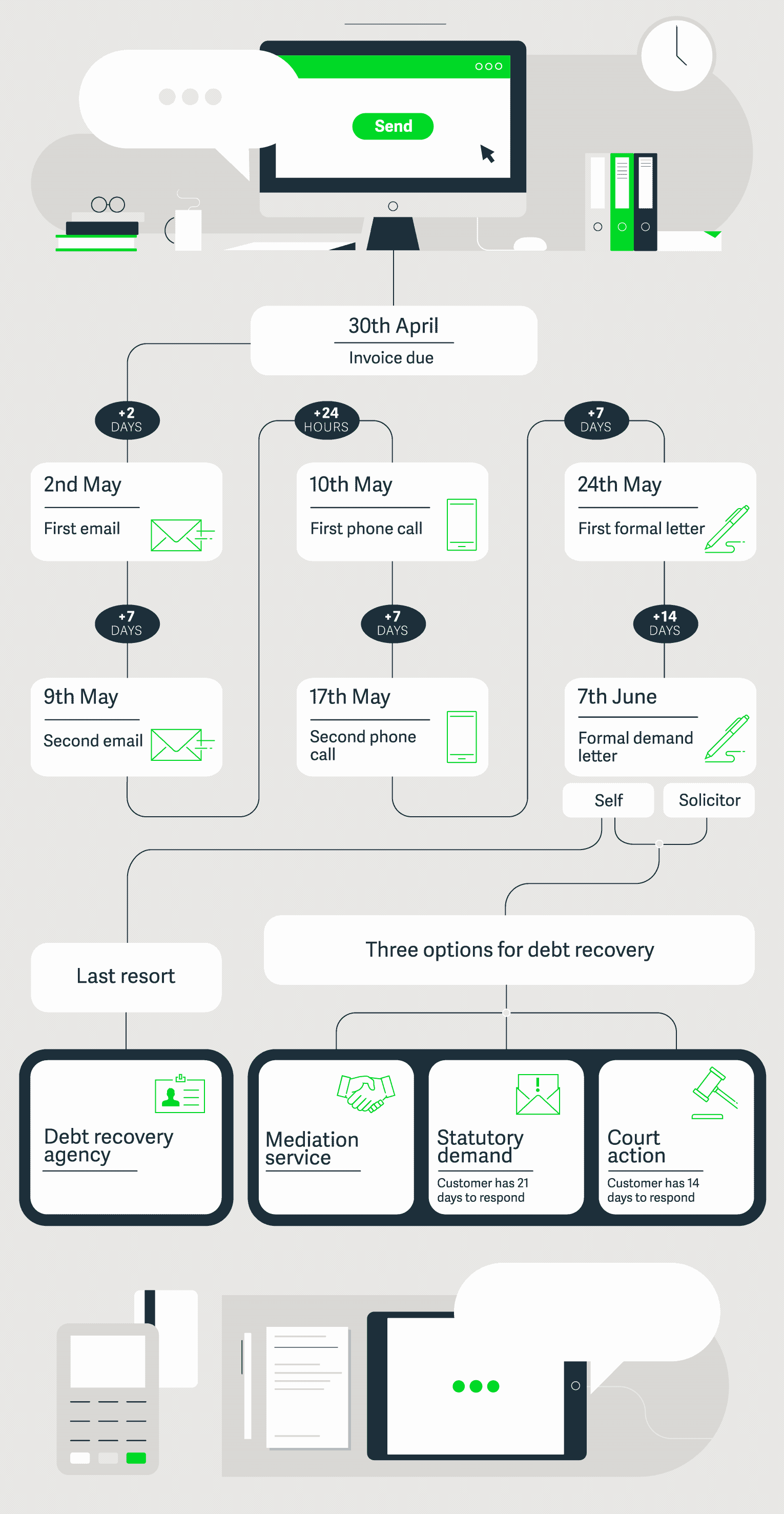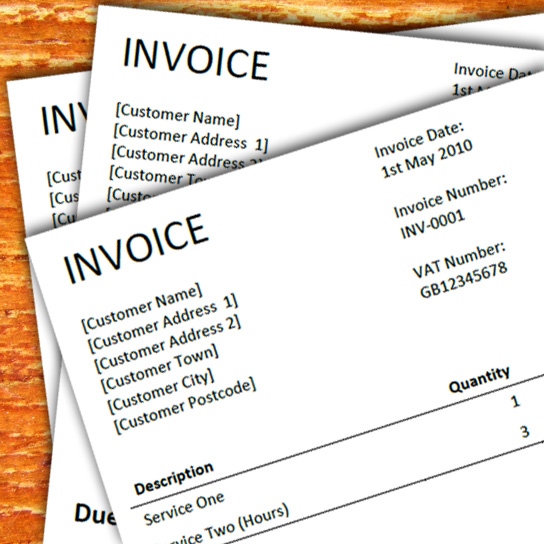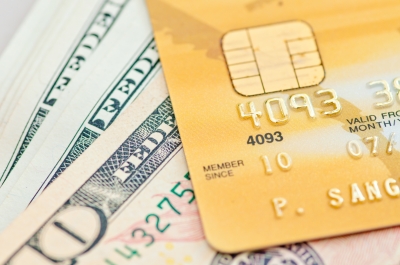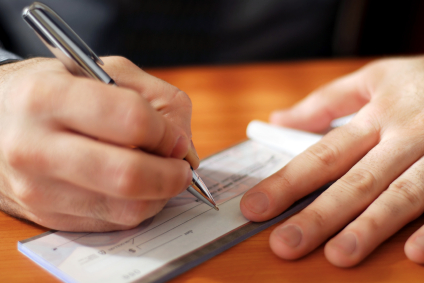One of the most important things that most freelancers need to do is to get familiar with invoices.
Because your invoice is the only legal way that you can get money into your business, it’s important that you be aware of what an invoice is, how to make one, and what you need to include in it.
However, invoicing can be quite confusing by itself. It can get even more confusing if you try to figure out how to do invoices in different countries, such as the US and UK.
Bernard Meyer, Head of Marketing at InvoiceBerry—the online invoicing software made for freelancers and small businesses—gives us a look at these two regions and discusses their main differences.
What is an invoice?
An invoice is basically a document that the supplier (seller) sends to the buyer after the goods or services have been delivered. It is legally binding if both parties have agreed to the terms of the sale.
Because of this, an invoice is also a non-negotiable document.
To the seller, the invoice is known as a sales invoice, while the buyer calls it a purchase invoice. These are the same invoice, and the difference is only in the name.
The sales invoice goes to your account payable (money that you owe) and the purchase invoice goes to your account receivable (money that you’re owed).
A US Invoice
The US is, fortunately or unfortunately, quite relaxed when it comes to rules and regulations on invoicing. For the most part, if you are a B2C selling to US customers, you probably won’t need to send out an invoice at all.
Most businesses in the US simply issue receipts to their customers.
Receipts are different from invoices in that they aren’t usually itemised. However, the most important distinction is that they are a record of payment that has already been submitted. An invoice is for payment that still needs to be completed.
However, if you are providing services to a business, then you’ll need an invoice. This is because businesses have accounting departments that will not be able to make payment without a proper invoice.
For this, you’ll need the following items in your invoice:
- the name and contact info of the seller
- the name and contact info of the buyer
- the word invoice prominently displayed
- a unique invoice number and the date of the invoice
- a description of the product/service, including the unit price and quantity
- the date that the product/service was provided
- the total amount being charged
- and lastly the due date for the payment
Instead of having to create your own invoice from scratch, you can download one of the many US invoicing templates here.
Lastly, you may or may not need to add sales taxes to your invoices. This depends largely on the state or local government that you’re in, but it also depends on exactly what services you’re offering.
Some states may only require you to add sales tax if you’re a registered business. Others may require it if the invoice exceeds a certain amount.
Because of the size and the political composition of the US, it’s difficult to determine who needs to add sales tax or when. It is best to look at your own region in the US to determine if you’ll need to apply sales tax.
The UK Invoice
Invoices for the UK are a bit more consistent and regulated than the US counterparts. The largest difference is in the VAT required for UK businesses.
Generally, you only need to apply VAT if you are a VAT-registered business.
According to HMRC, you have to register for VAT if your VAT taxable turnover (everything that isn’t VAT exempt) is more than £83,000 in any 12-month period.
If you are not, there’s no need to apply it and you will only need to add the same parts to your invoice as listed above.
However, sole traders will have to include:
- the sole trader’s name or a business name the trader is using
- if using a business name, an address where legal documents can be delivered
Limited companies will have to include:
- the full company name as it appears on the certificate of incorporation
- (if adding any names of directors on invoices) the names of all the directors
If you are VAT registered, you will need to use a VAT invoice, which is an invoice that also includes your VAT registration number.
Selling Between the US and UK
One complicated question is whether you need to apply VAT or sales tax to goods or services sold across the Atlantic.
If you are a US business, you may know what the answer is: it depends. It depends on your state and local government requirements.
For UK citizens selling goods to the US or importing goods from the US, it’s much more cut-and-dry.
Most goods exported to the US from the UK don’t need to have VAT added as long as the proper export documentation is kept.
For goods imported from the US, the UK VAT is usually paid on import.
However, for services performed in the US, there are many different requirements. This is a particularly complex set of rules. For a list of services that require special and general rules, you can visit this informative page here.
These are general differences between US and UK invoices. However, the most important takeaway is to contact your local government authorities to determine what your requirements are.
If you think we’ve missed some important information here, or just to say hi, leave us a comment and let us know!



